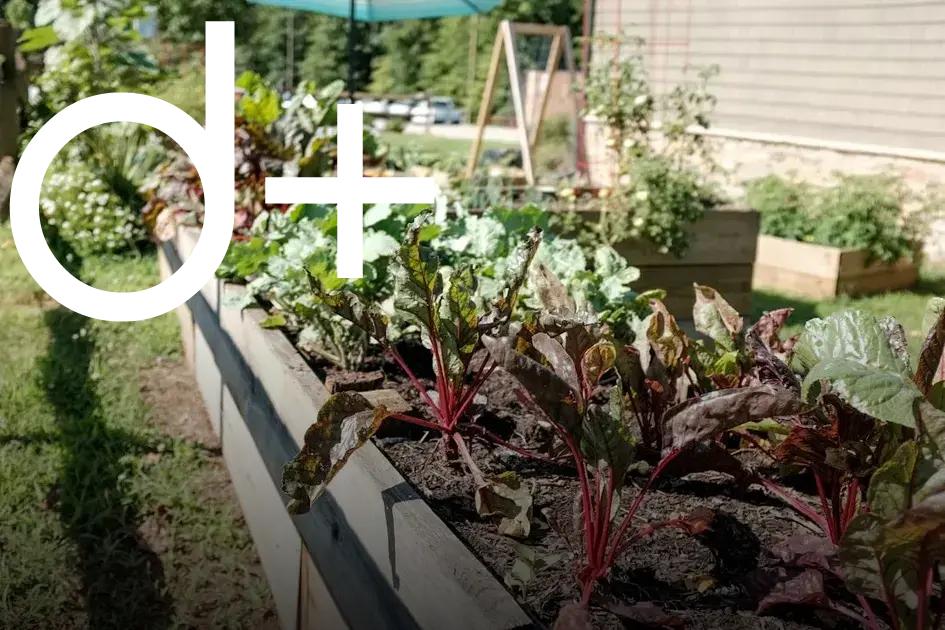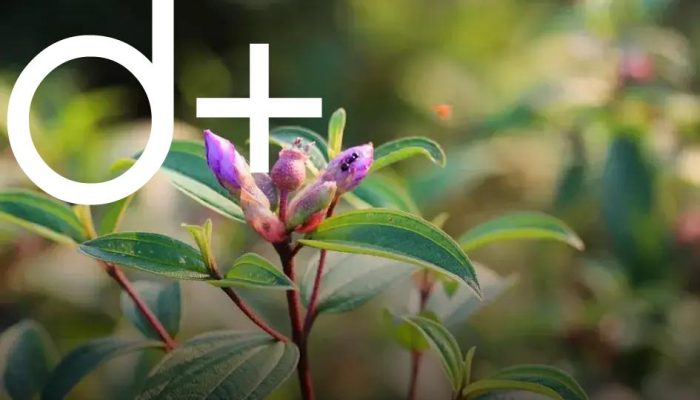Fertilizing your plants is an essential part of ensuring they have the nutrients needed for healthy growth. Knowing when and how to fertilize can make all the difference in your gardening success. We’ll explore the basic plant nutrition needs, how to choose the right fertilizer, and the best time for fertilizing your plants. Avoid common mistakes to ensure your plants thrive.
Understanding Plant Nutrition Basics
Essential Nutrients for Plants
Plants require a variety of nutrients to thrive, classified into macronutrients and micronutrients. Macronutrients include nitrogen, phosphorus, and potassium, essential for growth and development. Micronutrients like iron, manganese, and zinc, though needed in smaller quantities, are crucial for plant health.
The Role of Soil pH
Soil pH plays a critical role in nutrient availability. Most plants thrive in neutral to slightly acidic soil. Extreme pH levels can lock out essential nutrients, leading to deficiency symptoms. Testing the soil regularly can help in adjusting pH levels using lime or sulfur.
Water’s Influence on Nutrition
Watering practices affect nutrient uptake. Overwatering can wash away nutrients, while underwatering can limit nutrient absorption. It’s important to maintain a consistent watering schedule that complements fertilizer application.
Organic vs. Synthetic Fertilizers
Choosing between organic and synthetic fertilizers affects nutrient availability. Organic fertilizers improve soil health over time but release nutrients slowly. Synthetic options offer quick nutrient delivery, ideal for immediate deficiency correction.
Identifying the Right Fertilizer

Choosing the right fertilizer is crucial for ensuring your plants receive the necessary nutrients for growth and health. Fertilizers contain key nutrients like nitrogen, phosphorus, and potassium, which are listed in the packaging as N-P-K ratios. These numbers represent the percentage of each nutrient contained within the fertilizer. Understanding these ratios can help you pick the most suitable option for your plants.
Different plants have different nutrient requirements. For example, leafy vegetables often benefit from fertilizers higher in nitrogen, while blooming plants need more phosphorus to boost flower production. Conducting a soil test can also provide valuable insights into the specific needs of your garden, helping you tailor your fertilizer choice to match these requirements.
It’s important to choose a fertilizer that aligns with your plant’s growth stage. For seedlings and young plants, a balanced fertilizer may support overall development, while more mature plants might require a mixture that supports specific growth targets, such as fruiting or flowering.
Apart from traditional chemical fertilizers, consider using organic alternatives, which improve soil structure and offer a more sustained release of nutrients. Compost, manure, and bone meal are excellent organic options.
Remember to read the labels carefully, determining not just the N-P-K values, but also any other added trace elements, like iron or magnesium, that could be beneficial. Selecting the correct fertilizer involves combining a good understanding of both the nutrient profile of the fertilizer and the unique needs of your plants.
Timing: When to Fertilize
The right timing to fertilize your plants is crucial for optimal growth and health. Different plants have varied needs, but the general rule is to fertilize during the growing season. This is usually in the spring and summer months when plants are actively growing. During these times, plants can efficiently absorb nutrients, helping them to develop strong roots, lush foliage, and vibrant blooms.
Spring Fertilization
In spring, plants emerge from their dormant period and require nutrients to jumpstart their growth. Consider applying a balanced fertilizer as the plants show signs of new life. This early application provides plants with essential nutrients such as nitrogen, phosphorus, and potassium, which support leaf growth, root development, and flowering.
Summer Fertilization
As plants continue to grow through the summer, a mid-season feeding can boost their vitality. For flowering plants, a fertilizer higher in phosphorus can promote more blooms. Keep an eye on your plants for signs of nutrient deficiency, such as yellowing leaves, which can indicate they need a nutritional boost.
During the fall and winter, most plants enter a rest period and require minimal fertilization. Overfeeding during these months can lead to nutrient burn or imbalanced growth as the plants are not in an active growing phase.
It is important to adjust fertilization frequency and type based on specific plant needs and growing conditions. Container plants or those in poor soils may need more frequent applications compared to those planted in rich garden beds. Additionally, always follow the recommended dosages on the fertilizer package to avoid over-application.
Step-by-Step Fertilization Process

-
Prepare the Soil
Before applying fertilizer, ensure the soil is loose and well-drained. This aids nutrient absorption.
- Choose the Right Fertilizer
Select a fertilizer that matches the specific needs of your plants, considering their growth stage and health.
-
Measure Accurately
Read the label to determine the correct amount of fertilizer. Over-fertilization can harm plants.
- Apply Evenly
Scatter the fertilizer evenly around the base of the plant, avoiding direct contact with foliage.
-
Water Thoroughly
Water the plants deeply after fertilization to help dissolve nutrients and prevent root burn.
- Monitor Plant Response
Observe changes in plant growth and adjust fertilization methods if necessary.
-
Repeat as Needed
Follow the recommended schedule based on plant type and fertilizer instructions.
Common Mistakes to Avoid
- Over-fertilizing: Applying too much fertilizer can damage your plants by burning their roots. Always follow the manufacturer’s instructions and avoid more than the recommended dose.
- Wrong Type of Fertilizer: Each plant has unique nutrient needs, so using a one-size-fits-all approach may not work. Research your plant’s specific fertilizer requirements for the best results.
- Timing Errors: Fertilizing at the wrong time of year can harm your plants. Avoid adding fertilizer during dormancy, and align your fertilization schedule with the plant’s growth phase.
- Poor Soil Testing: Without testing your soil, you won’t know what nutrients are lacking. Perform regular soil tests to tailor your fertilization strategy effectively.
- Ignoring Environmental Conditions: Weather conditions such as rain can affect how fertilizer is absorbed. Avoid fertilizing right before heavy rain to prevent nutrient runoff.
- Skimping on Watering: Fertilizer needs water to be activated. Ensure your plants are well-watered before and after fertilization to help them absorb nutrients properly.







![BANNER 1 - HOME [QUADRADO]](https://dailyfindinvestment.com/wp-content/uploads/2025/01/BANNER-300-X-300.gif)
